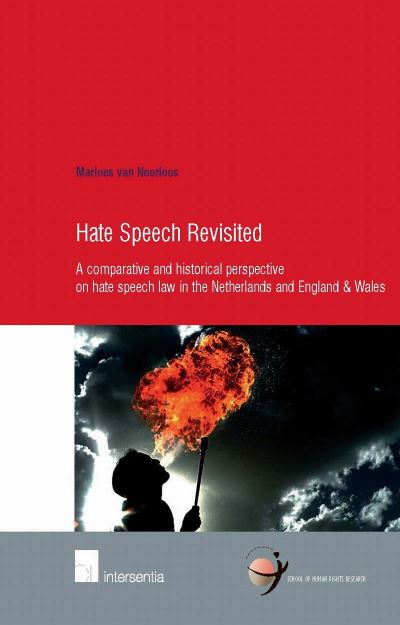
Criminal law on hate speech has become a hotly debated topic in the past decade. In the Netherlands and in England and Wales legislative changes and proposals abound, while cases such as the prosecution of MP Geert Wilders have received considerable attention. How to deal with hate speech in an increasingly pluralist society has become a pressing question. Moreover, with the attacks in New York, London and Madrid and the appearance of radical groups and individuals, such as Abu Hamza Al-Masri in England and the Hofstadgroep in the Netherlands, public debate has been dominated by the problems of terrorism and radicalisation. As a result, extreme speech - presumed to encourage radicalisation and terrorism - is a major issue.
This comparative study deals with how ideas behind the law on hate speech and extreme speech in the Netherlands and England and Wales - including the influence of European and international law - have developed since 2001 and how this can be explained by reference to their historical origins. The aim of this research is to discover how Dutch, English/Welsh and international law have developed over time, but more importantly: why it has developed in that way.
About the book
'Van Noorloos wrote a thorough [book] in which she gives much attention to the theoretical aspects of the freedom of expression and its restrictions. [Researchers] will be challenged by her writings to undertake [comparative legal] research. […] an attractive contribution to the debate on freedom of expression.'
Fred Janssens in RMThemis (2013) 20.
| ISBN: | 9781780680323 |
| Publication date: | 17th December 2011 |
| Author: | Marloes van Noorloos, School of Human Rights Research |
| Publisher: | Intersentia an imprint of Larcier-Intersentia |
| Format: | Paperback |
| Pagination: | 373 pages |
| Series: | School of Human Rights Research Series |
| Genres: |
Criminal law: procedure and offences Administrative jurisdiction and public administration Jurisprudence and general issues |